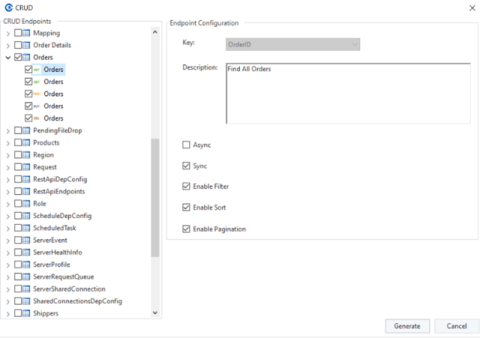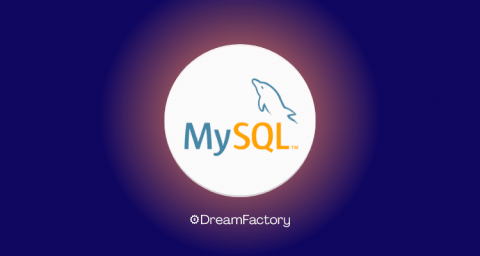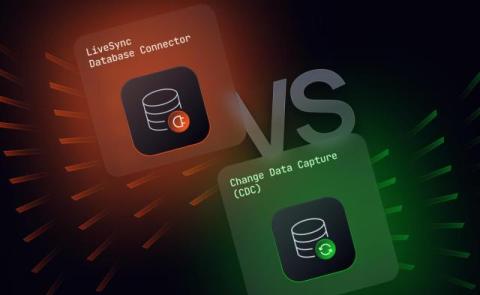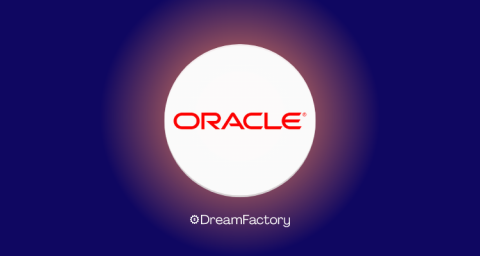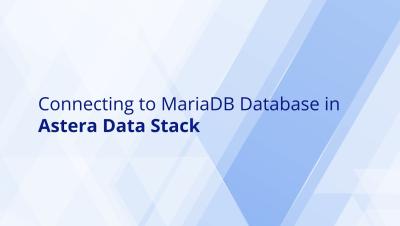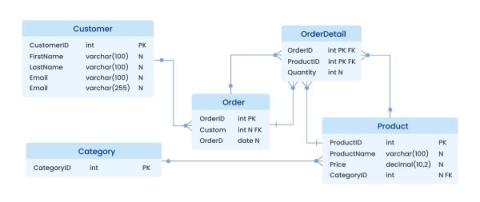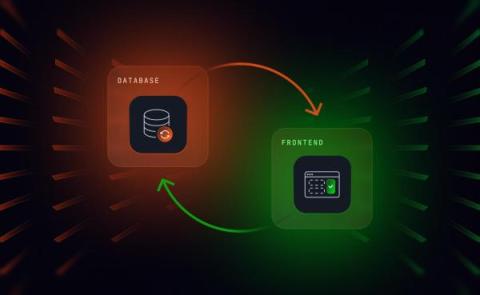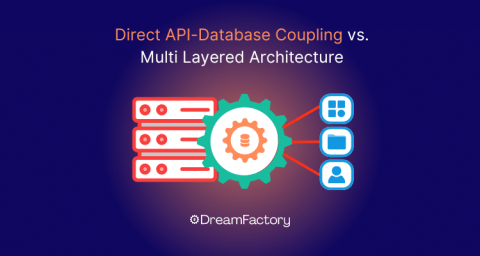SQL Server API: What It Is and How to Create One
SQL Server is a modern relational database management system. It helps data teams store and manage vast amounts of data. However, organizations need efficient methods to access and manipulate this data to leverage it fully. This is where SQL Server APIs come into play. APIs, or Application Programming Interfaces, act as intermediaries enabling different software applications to communicate.


